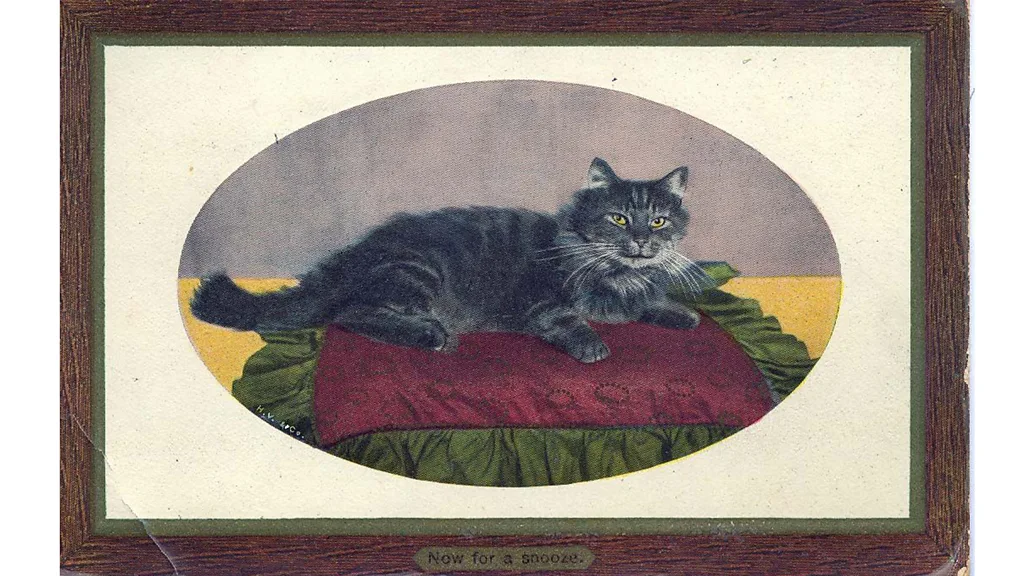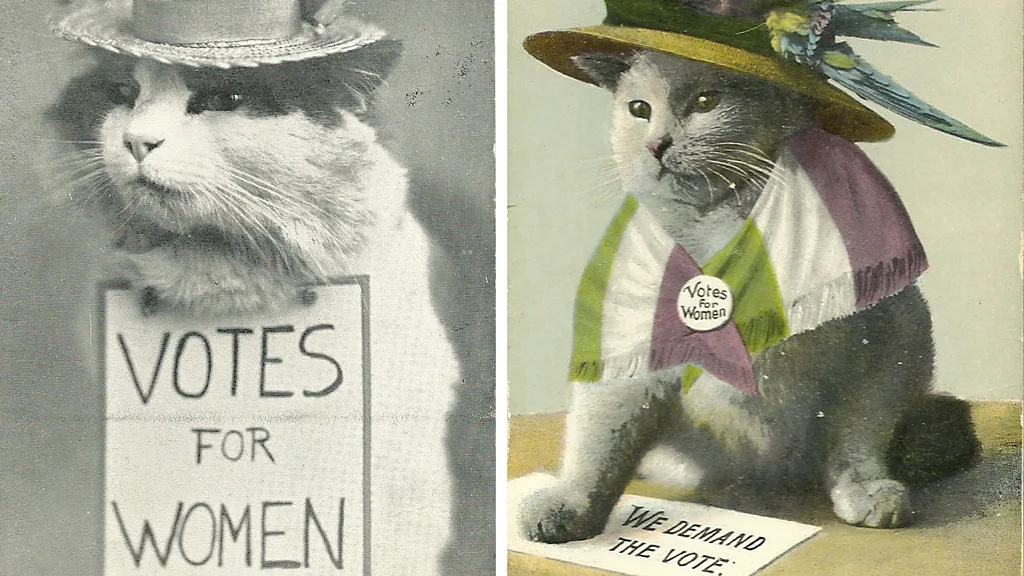If you think cat memes are just a byproduct of the internet era, think again. Long before Grumpy Cat’s face became a household icon and Keyboard Cat played its way into our hearts, felines were taking the world by storm—on postcards. That’s right. Over 100 years ago, these cute, furry creatures were plastered on cards and sent across the globe, much like how we share cat videos today.
Thank you for reading this post, don’t forget to subscribe!So, how did this happen? And more importantly, what does it tell us about our obsession with cats and how we communicate?
The Edwardian Era: The Original Meme Explosion
It turns out that the explosion of postcards in the late 19th and early 20th centuries was eerily similar to the meme culture we see today. The rise of postcards in Europe, particularly after the Universal Postal Union was established in 1874, allowed people to send affordable, quick messages to friends and family. Postcards were a faster and cheaper alternative to letters, just like memes are a more casual and digestible alternative to long social media posts.
And what did people send each other on these cards? You guessed it—cats.
As postcards became wildly popular, uncountable millions were exchanged, depicting everything from cats dressed as humans to cats simply being themselves, basking in the sun or sipping milk. This feline fascination wasn’t just about the animals. These cards reflected deeper social and technological changes, much like how social media reveals our shifting communication norms today.

The “Disease” of Postcards
In the early 20th century, postcards were so popular that some newspapers called it a “disease in the public bloodstream.” The public was alarmed at how quickly and casually people could share information. Sound familiar? Much like modern concerns over social media’s impact on attention spans, people worried that postcards would degrade writing skills and lead to superficial relationships.
Monica Cure, author of Picturing the Postcard: A New Media Crisis at the Turn of the Century, notes that critics worried about what postcards would do to literacy. Why bother writing long letters when you could just scribble a few lines on a postcard and send a cute cat picture instead? It’s almost like the early 20th century was predicting the rise of texting and emojis.
Even more unsettling to some was the public, unsealed nature of postcards. Much like today’s concerns over privacy on social media, early postcards were considered a bit too public for comfort. The idea that anyone—including your household servants—could read your mail was horrifying to many.
Read more: Who Is Angie Bowie, The Eccentric First Wife Of David Bowie from 1970 to 1980 ?
The Political Power of Cats
Postcards weren’t just about fun and games, though. Just like memes today often carry political messages, early 20th-century postcards were used for social causes. Some of the most famous postcards featuring cats were associated with the Suffrage movement.
Suffragettes, always ahead of their time, understood the power of media and used postcards to spread their message. Cats were a potent symbol, representing the domesticity and beauty expected of women at the time, but also hinting at the untamable, sharp-clawed nature of those fighting for their rights.
Heidi Herr, a librarian at Johns Hopkins University, points out that Suffragette cat postcards still resonate today. In fact, reproductions of these postcards are some of the most in-demand items on the Johns Hopkins campus. Students stick them on water bottles, laptops, and dorm windows, showing that our love for cat-based activism hasn’t gone anywhere.
Postcards, Memes, and Our Obsession with Cats
So, why cats? Why have they persisted across centuries and media? Ben Weiss, a senior curator at the Boston Museum of Fine Arts, suggests that cat imagery is “reassuring.” Whether it’s a postcard or an Instagram meme, cats connect us in ways that feel both timeless and modern.
But it’s more than that. Cats seem to tap into something deep within us, a blend of cuteness, independence, and mystery. They’re playful yet aloof, domestic yet wild. And they’ve become symbols of everything from humor to rebellion.
New Media, Same Cats
What’s fascinating about the postcard craze of the early 1900s is how similar it is to the viral culture we live in today. Just as people once worried that postcards would degrade society’s writing skills, we now worry about TikTok and Instagram shortening our attention spans. Just as early postcards raised concerns about privacy, we now debate the ethics of data collection and online surveillance.
And through it all, cats remain a constant. They’ve been our companions, muses, and even political symbols. Whether it’s Queen Victoria cuddling a royal kitty or a Suffragette using a cat to make a statement, these creatures have always found their way into our lives—and onto our latest communication platforms.
What’s Next for Cats and Social Media?
As we continue to navigate the world of social media and new communication technologies, one thing’s for sure—cats will be right there with us. But what does the future hold? Will we see cats taking over new forms of media like virtual reality or AI-generated content? Only time will tell.
For now, the next time you send a funny cat meme or stumble across a historical postcard of a feline dressed in Victorian clothes, take a moment to appreciate the legacy. Cats have always been more than just pets. They’re media icons, and they’re not going anywhere anytime soon.

